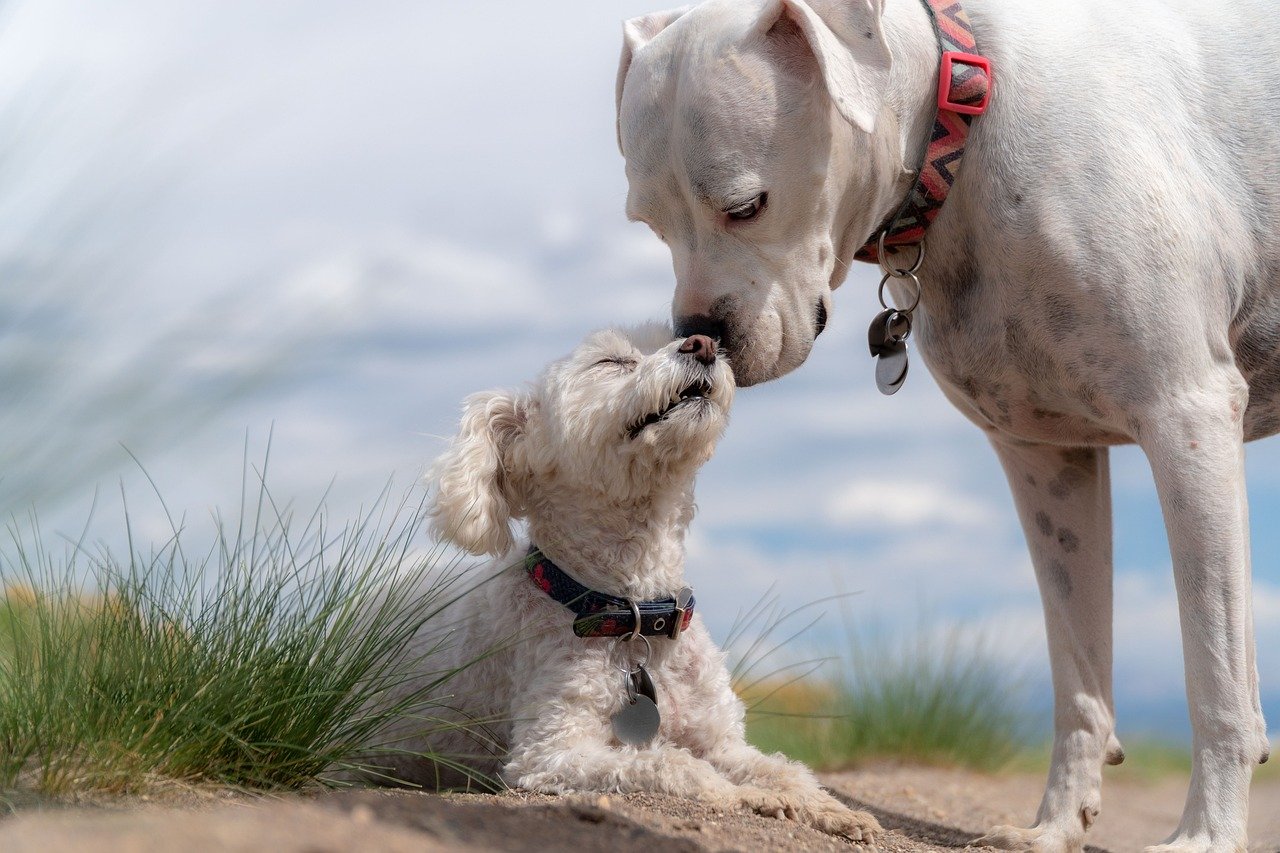Have you ever noticed your dog behaving in a way that seems overly submissive, almost to the point of being excessively eager to please? This intriguing behavior is known as fawning, and it’s more common in our canine companions than you might think. The world of dog behavior is a fascinating one, filled with surprises and emotions. If you’re a dog lover, understanding fawning can help you connect better with your furry friend and manage their behavior more effectively. So, let’s dive into the heart of fawning in dogs and explore ways to manage it.
What is Fawning Behavior in Dogs?

Fawning behavior is a term used to describe a dog’s tendency to exhibit excessive submissiveness. It’s almost like they’re trying to say, “Please like me!” This behavior can manifest in various ways, such as rolling over to expose their belly, tucking their tail between their legs, or avoiding eye contact. While it might seem cute at first, fawning can be a sign of underlying anxiety or fear.
Dogs are social animals, and they naturally seek approval from their human companions. However, when a dog fawns excessively, it might be because they are trying to avoid conflict or punishment. It’s crucial to understand that fawning is not a sign of weakness but rather a coping mechanism for dealing with stress. Recognizing this behavior is the first step in helping your dog feel more secure and confident.
Why Do Dogs Fawn?

Fawning in dogs often stems from their natural instincts to avoid conflict and maintain social harmony. In the wild, submissive behaviors help dogs avoid aggression from more dominant members of the pack. In a domestic setting, this translates to fawning as a way to appease their human or canine companions.
Several factors can contribute to fawning behavior, including past experiences, temperament, and even genetics. Dogs that have experienced trauma or inconsistent training may be more prone to fawning as a way to navigate their environment safely. Likewise, certain breeds are naturally more submissive and may exhibit fawning more frequently. Understanding these factors can provide valuable insight into your dog’s behavior and help you address it more effectively.
Signs Your Dog is Fawning
Recognizing the signs of fawning in your dog is crucial for addressing the behavior. One of the most common signs is excessive licking, often directed towards the face or hands of their human companions. This can be mistaken for affection, but it’s often a way for the dog to show submission.
Other signs include avoiding eye contact, lowering their body posture, and displaying submissive grins or smiles. Some dogs may even urinate when approached, especially by someone they perceive as dominant. By paying attention to these signs, you can better understand your dog’s emotional state and take steps to help them feel more comfortable and secure.
The Impact of Fawning on Your Dog’s Well-being

While fawning might seem harmless, it can have a significant impact on your dog’s well-being. Dogs that fawn excessively may experience increased stress and anxiety, which can lead to behavioral issues and even health problems. It’s essential to address fawning behavior to ensure your dog’s emotional and physical health.
A dog that constantly feels the need to fawn may struggle to build confidence and develop healthy social interactions. This can affect their ability to learn new commands and engage in play, ultimately impacting their quality of life. By understanding the impact of fawning, you can take proactive steps to support your dog’s well-being.
How to Manage Fawning Behavior
Managing fawning behavior in dogs requires patience and understanding. One effective approach is to build your dog’s confidence through positive reinforcement training. This involves rewarding desired behaviors with treats, praise, or playtime, which helps your dog associate positive experiences with their actions.
Creating a safe and predictable environment is also crucial for managing fawning behavior. Dogs thrive on routine and consistency, so establishing a daily schedule can help reduce anxiety and provide a sense of security. Additionally, providing mental and physical stimulation through interactive toys and regular exercise can help redirect your dog’s energy and reduce the need for fawning.
Building Confidence in Your Dog

Boosting your dog’s confidence is a key component in managing fawning behavior. Start by setting achievable goals and gradually increasing the difficulty of tasks as your dog becomes more comfortable. This approach helps your dog build self-assurance and reduces the likelihood of fawning.
Socialization is another vital aspect of building confidence. Exposing your dog to new environments, people, and other animals can help them develop coping skills and reduce anxiety. Remember to take it slow and ensure each interaction is positive, as this will reinforce your dog’s confidence and help them feel more secure in various situations.
Understanding the Role of Environment

The environment plays a significant role in a dog’s behavior, including fawning. A chaotic or unpredictable environment can increase stress and trigger fawning behaviors. It’s essential to create a calm and structured environment to help your dog feel safe and secure.
Consider factors such as noise levels, the presence of other animals, and the overall atmosphere of your home. By minimizing stressors and providing a stable environment, you can help reduce your dog’s need to fawn. Additionally, providing a designated safe space, such as a cozy bed or crate, can offer your dog a retreat where they can relax and feel at ease.
When to Seek Professional Help
While many dog owners can manage fawning behavior with patience and consistency, there are times when professional help may be necessary. If your dog’s fawning behavior is severe or persistent, it may indicate an underlying issue that requires professional intervention.
A certified dog trainer or animal behaviorist can provide valuable guidance and support in addressing fawning behavior. They can assess your dog’s specific needs and develop a tailored plan to help them overcome their challenges. Seeking professional help can be a crucial step in ensuring your dog’s well-being and enhancing your bond with them.
In conclusion, understanding and managing fawning behavior in dogs is crucial for their well-being and your relationship with them. By recognizing the signs, addressing the underlying causes, and implementing effective strategies, you can help your dog build confidence and feel more secure. Remember, every dog is unique, and with patience and love, you can support them on their journey to becoming a happier and more confident companion.






